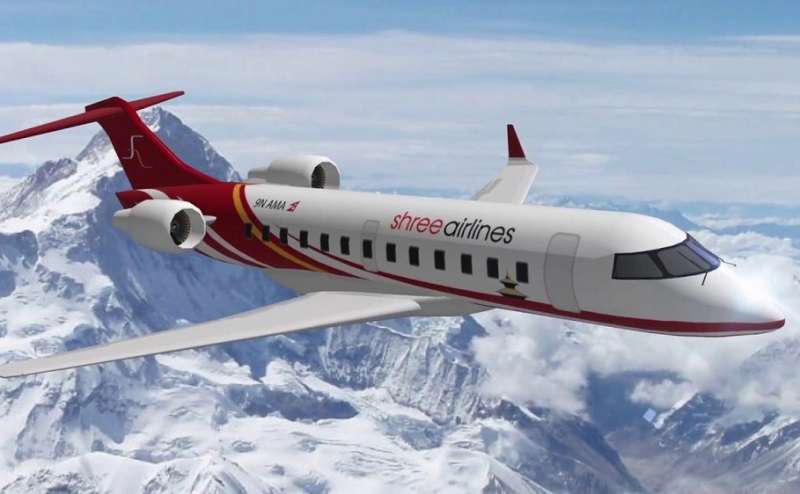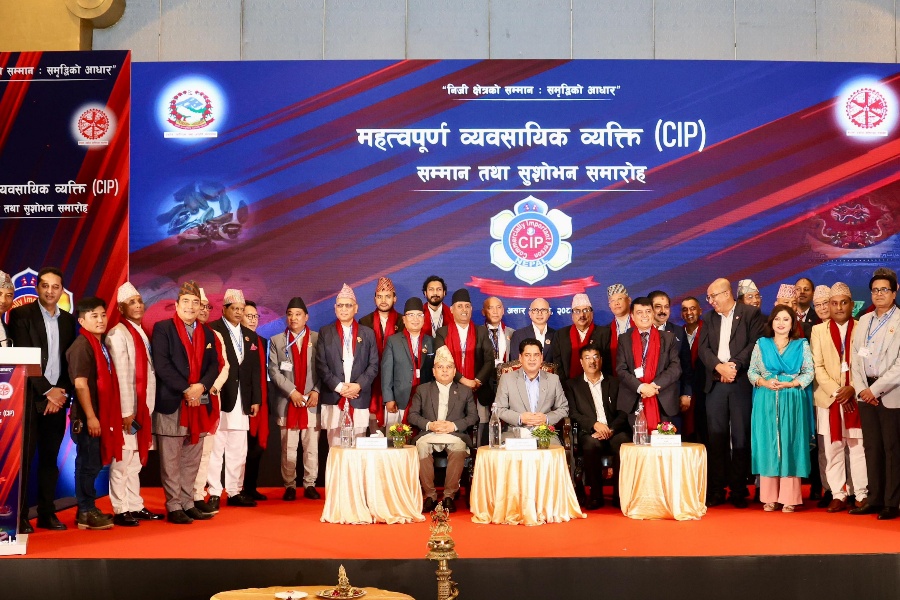A Shree Airlines flight en route to Surkhet from Kathmandu had to divert back to Kathmandu shortly after takeoff on Monday due to a technical problem.
The aircraft's indicators signaled an issue with the wheel steering just minutes into the flight, Rinji Sherpa, the spokesman for Tribhuvan International Airport, told the state-owned news agency RSS. According to Sherpa, it was not an emergency landing, but the plane was "diverted" for safety reasons.
"The plane returned to Kathmandu after flying 30 nautical miles due to its wheel steering locking up," Sherpa explained. "Other flights from the airport were not affected and are operating normally."
According to RSS, Shree Airlines manager Anil Manandhar confirmed that passengers from the affected flight were accommodated on an alternative flight to their destination.
This incident adds to growing concerns about aviation safety in Nepal. The country’s challenging mountainous terrain, rapidly changing weather conditions, poor condition of aircraft and limited infrastructure pose significant risks for flights. Over the past decade, Nepal has witnessed a series of air crashes, drawing international scrutiny. One of the most recent incidents involved a Saurya Airlines Bombardier CRJ200 aircraft with call sign 9N-AME which veered off the runway of TIA shortly after takeoff and crashed to the east side of the runway on July 24. Eighteen out of nineteen people on board the plane died.
Another major incident involved a Yeti Airlines crash in January 2023, which resulted in the tragic loss of all 72 passengers on board.
Nepal's aviation industry has been working to improve safety standards following criticisms from international bodies like the International Civil Aviation Organization (ICAO). However, recurrent technical issues and accidents continue to highlight the need for more stringent regulations, better pilot training, and improved maintenance protocols to ensure safer skies.











